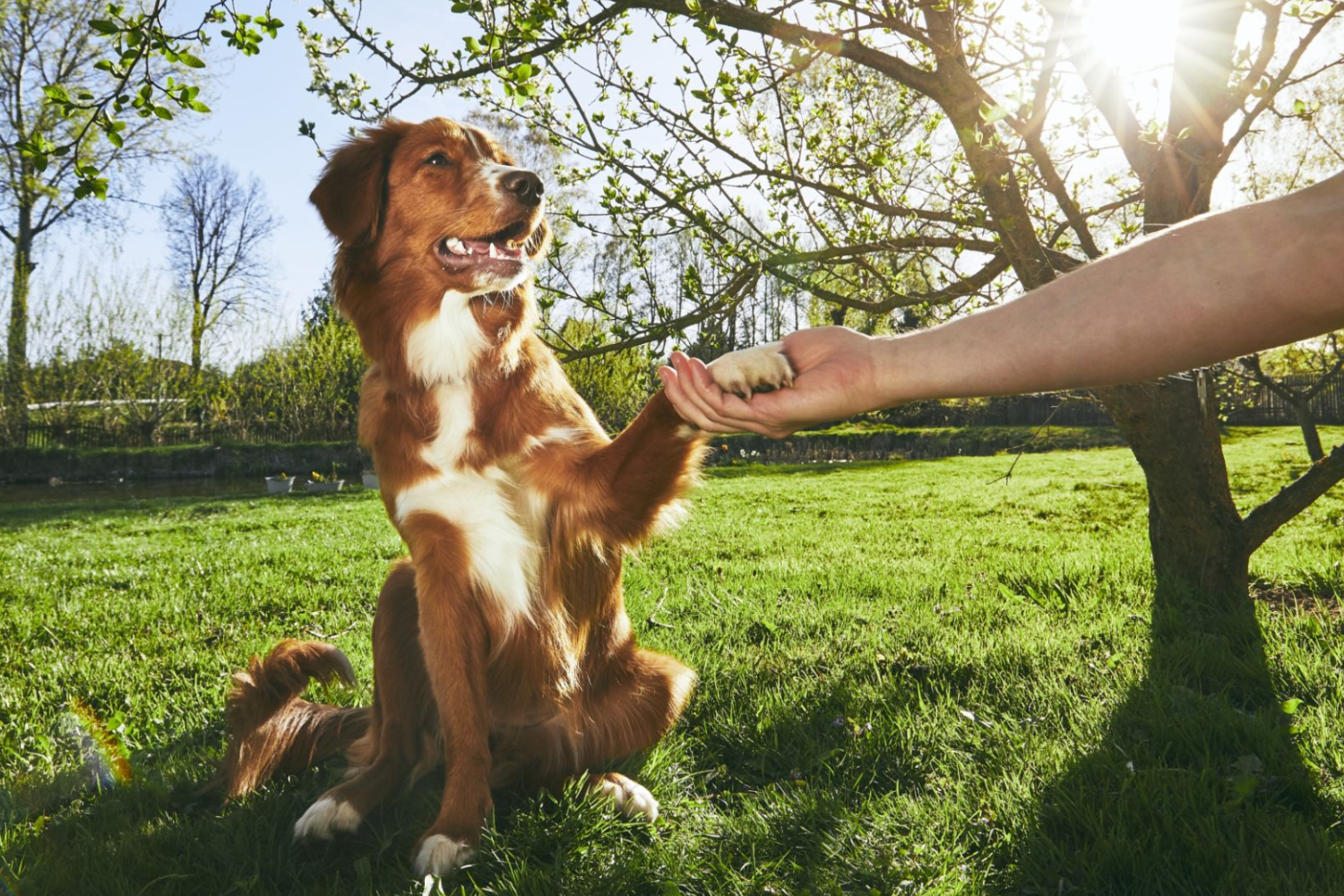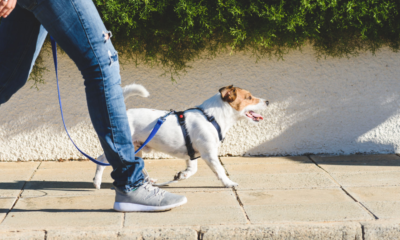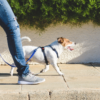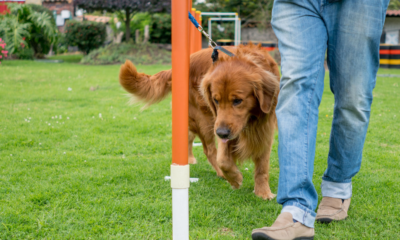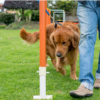Training an adult dog can be trickier than training one as a puppy, but if you follow these seven tips you should have no trouble making the transition to your new furry family member smooth and stress-free!
1) Acknowledge Your Dog’s Past
You need to understand your dog’s past to understand his present behavior. Did he have a home where he felt safe and secure? If so, it’s likely that your dog is less reactive in new situations because he trusts you. Did he have an abusive or neglectful owner? If so, chances are higher that your dog will be stressed by new situations. This can cause him to bark at unfamiliar objects or become hyper-vigilant about changes around him.
2) Understand What Motivates Your Dog
Before you can teach your dog a new trick, you need to learn how to motivate him. Just like people, some dogs are motivated by praise while others are more interested in food. It’s important to understand what your dog wants and why so that you can effectively communicate with him in a way he understands.
3) Choose The Right Training Tool
A training tool is only as good as it works. So choose a dog training tool that is appropriate for your dog. Make sure you know how to use whatever training tool you choose. If you’re using an electronic collar, make sure you understand how to use it safely and correctly.
4) Be Consistent, But Don’t Expect Overnight Results
Consistency is key when training your dog, just as it is in any other discipline. Be diligent and patient, and you’ll soon see results—even if they come a little slower than you want them to. If you want your dog to learn a command or trick, repeat it daily at home or out on walks until your pup masters it. Consistency will help him make a connection between what he does and what comes next.
5) Keep Short Sessions And Make Them Fun
When trying to train an adult dog, it’s important that you keep things short. Very short. 5 minutes at a time with 10-minute breaks in between is ideal. Then, when they do well, offer them tons of praise and a tiny reward (like a treat). This will get them excited to start learning more! Next time, they’ll be even more determined to make you happy by doing it all over again!
6) Teach Older Dogs New Tricks
When training older dogs, it’s important to keep in mind that they may have some physical limitations—so teaching new tricks can be more challenging. This doesn’t mean you shouldn’t teach them any tricks, though! You just need to work a little smarter. If your dog is older and you want to teach him something new, start with a command he already knows well and try teaching him a trick using that.
7) Use Positive Reinforcement (Rewards) Rather Than Punishment (E.G., Scolding, Spanking, Shock Collars).
Research shows that positive reinforcement works better. When you reward your dog for good behavior, you are helping him understand what you want him to do. This can be done with treats or petting, as well as verbal praise (good boy!). Punishment can backfire because your dog may not associate it with his behavior and so will not learn to change his actions when he misbehaves. Plus, it could lead to aggression from your dog towards you if he becomes fearful or resentful of you.
